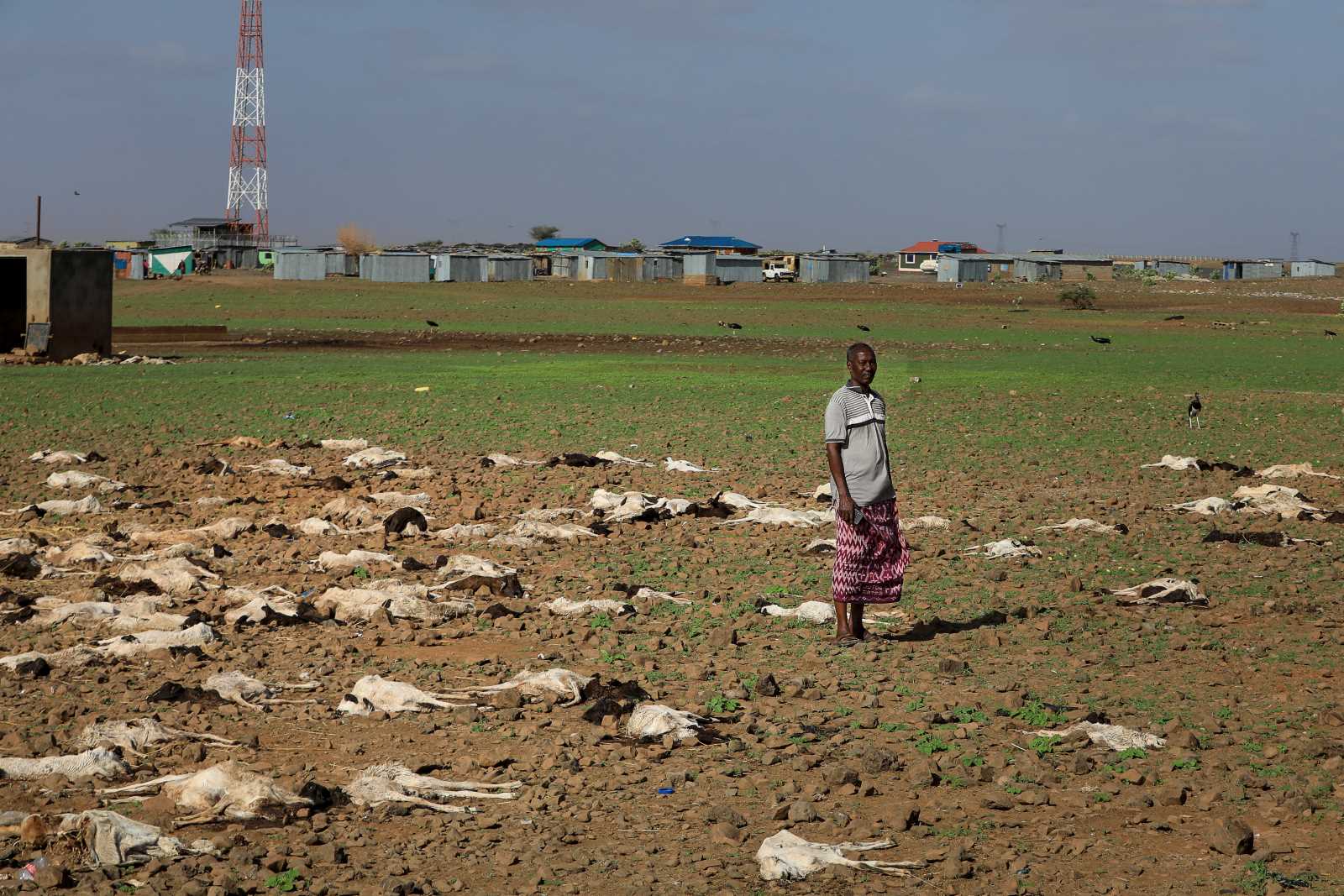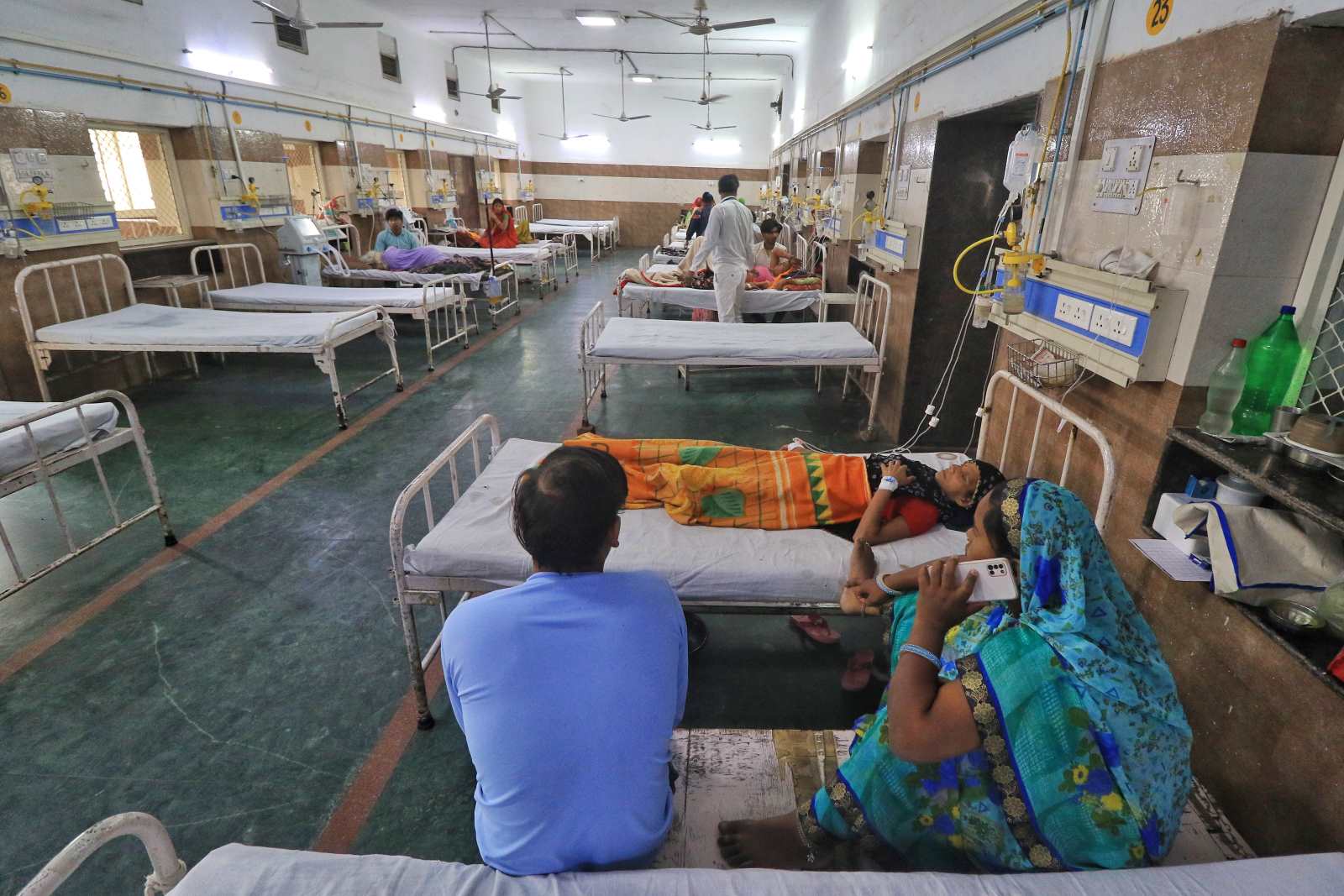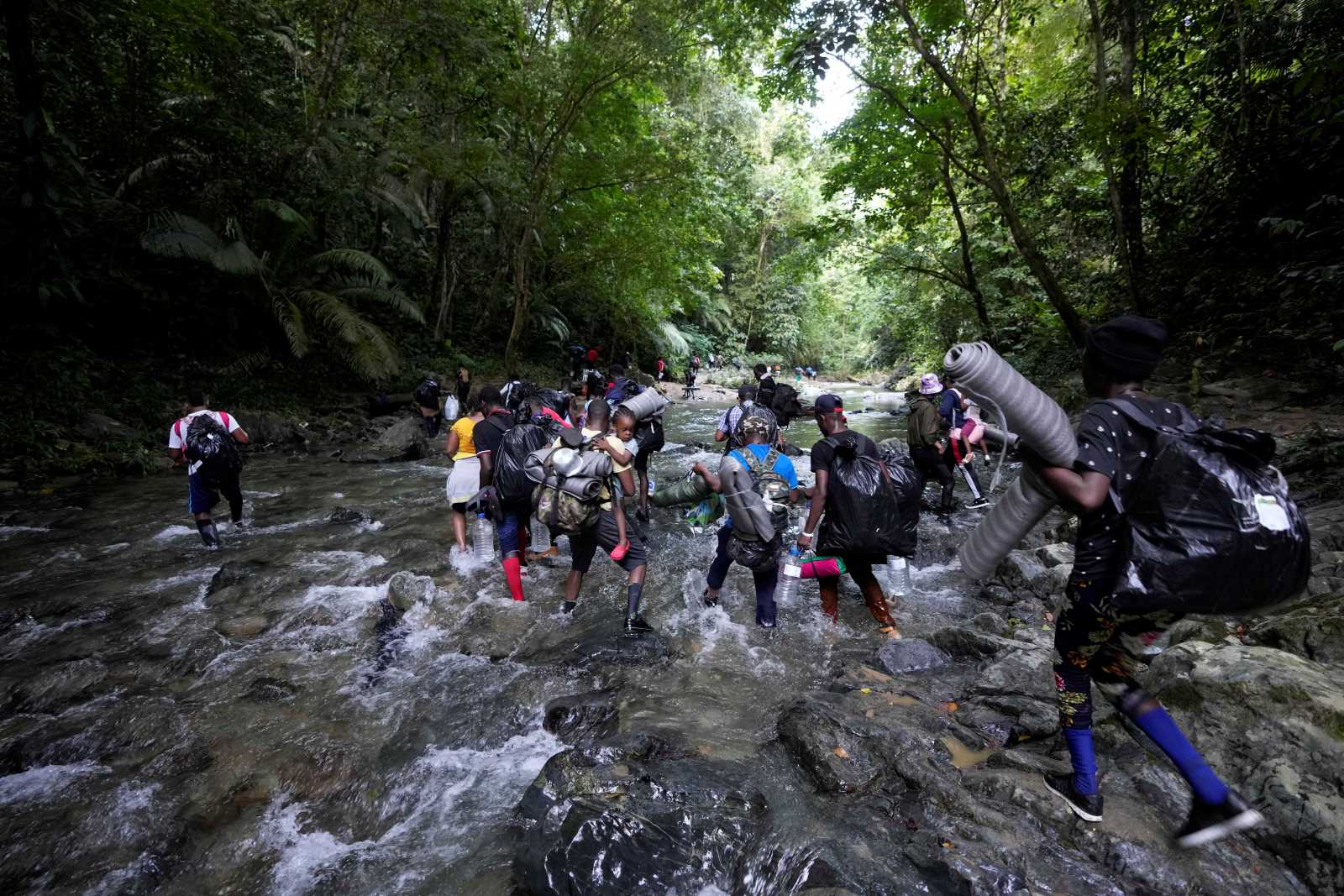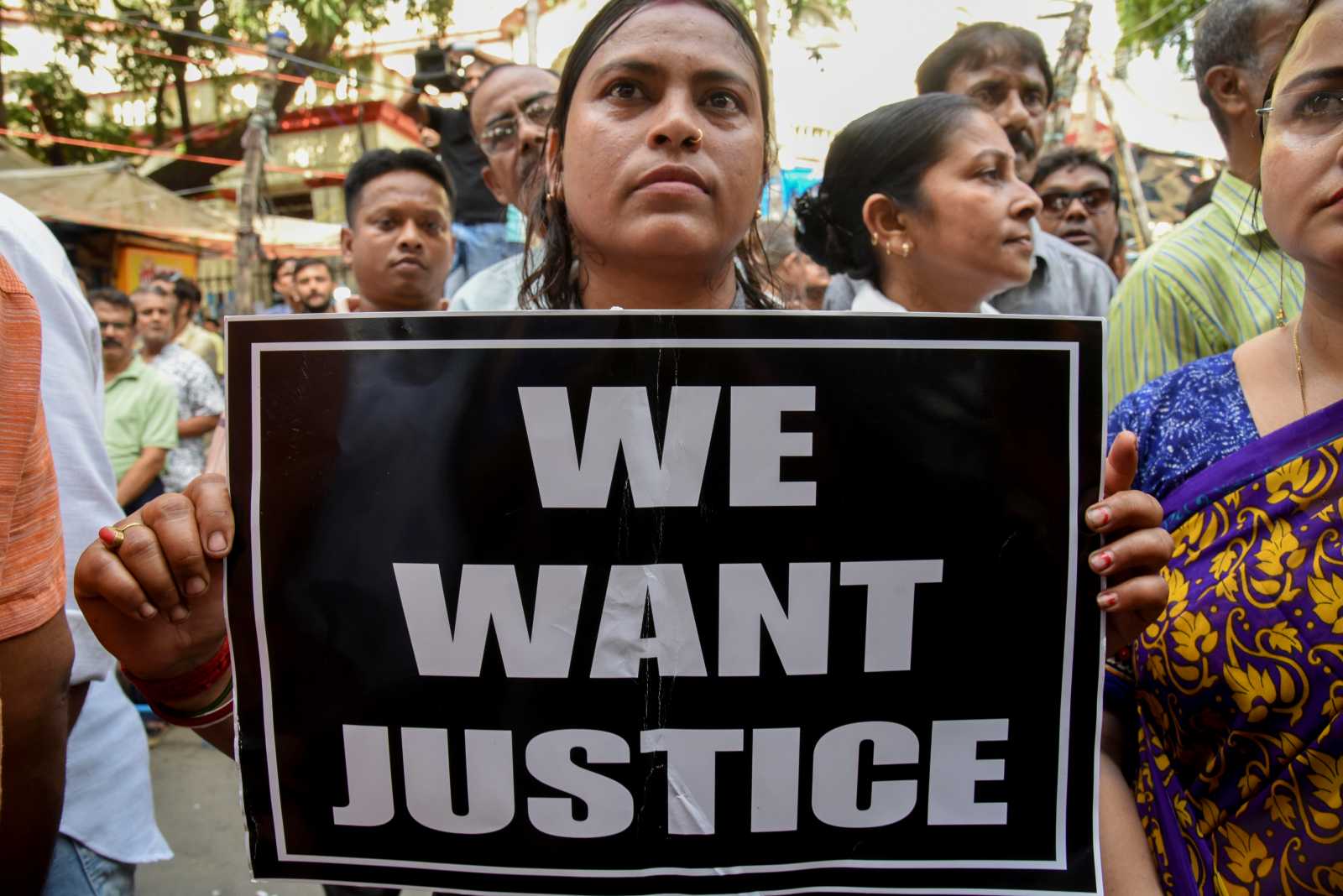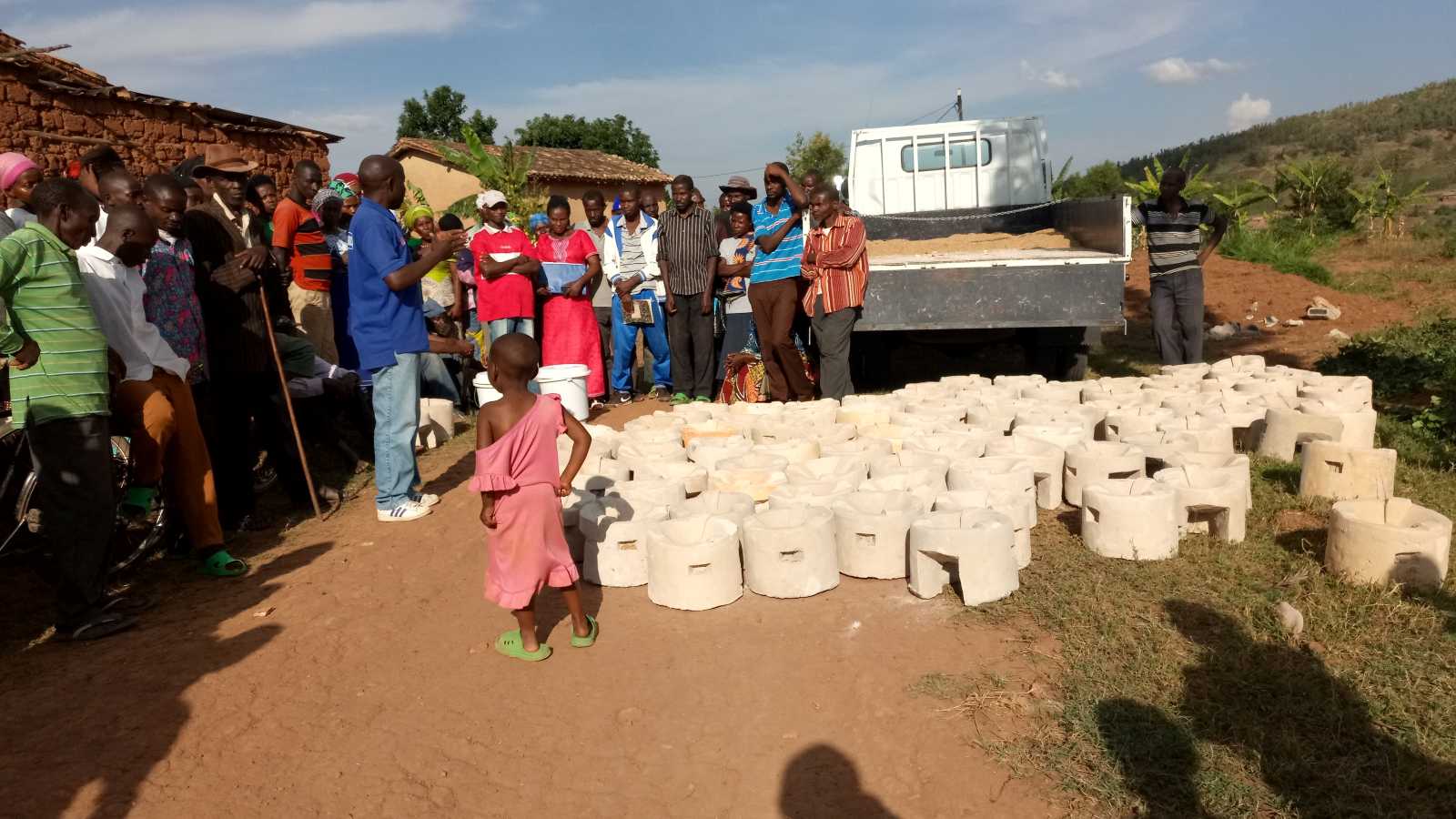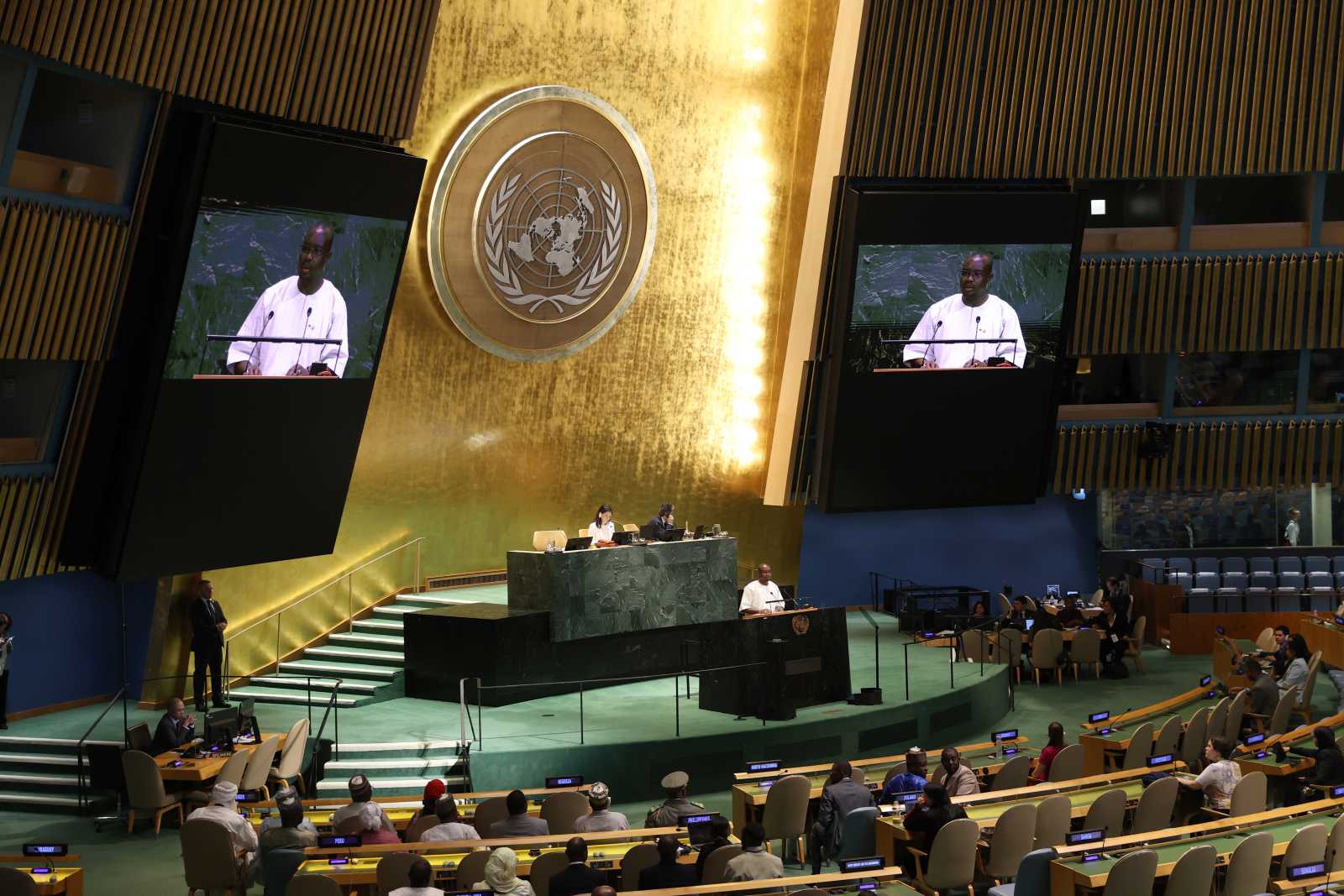Shock-sensitive social protection
Bridging funding gaps when disaster strikes

Social protection systems face mounting challenges as natural hazards and climate risks increase in intensity and frequency, particularly in low- and middle-income countries. In response, many governments have introduced integrated systems designed to cushion poor and vulnerable groups against shocks, so-called adaptive social protection (ASP) systems. These are only effective if properly funded, however. In times of crisis, governments must scale up social protection budgets, with existing social protection programmes being expected to absorb additional funds and deliver relief rapidly. Yet in practice this is easier said than done.
Governments have several options to address budgetary shortfalls during disasters. For example, they can allocate funding to contingency budget lines and government reserve funds, which function like a government savings account. Historical loss and damage data indicate the amount of savings that will be required to meet emergency needs. However, when rare but severe disasters occur, governments must decide whether to reallocate funds, borrow heavily or seek ad hoc humanitarian aid from international partners. These measures involve risks such as fiscal instability, rising debt and dependence on donors.
Alternatively, pre-arranged financing can help governments scale up funding for shock-sensitive social protection systems in the event of a disaster. One increasingly common tool is climate risk insurance. Governments pay annual premiums to insurance providers and, if disaster strikes, receive payouts based on pre-agreed triggers. In 2024, for example, the government of Zimbabwe received a $ 16.8 million payout from the African Risk Capacity (ARC) Group, a regional insurance provider, after a failed agricultural season and severe food insecurity following drought.
While insurance can provide significant support, it comes with caveats: premiums are costly, and payouts are only as effective as the systems that deliver them. Without functioning distribution systems, a timely insurance payout can struggle to reach those who need it most.
The growing recognition of the importance of integrating risk finance into social protection systems is reflected in a recent report and guidance commissioned by the UN Development Programme (UNDP). The guidance will be implemented across UNDP country projects where risk finance is being applied, ensuring that strengthened delivery systems complement these efforts.
Various forms of payouts
The way climate risk insurance payouts are designed not only dictates who receives payments, but also how quickly and reliably funds reach those in need. There are generally two types of climate risk insurance payout: direct payouts, whereby the beneficiary receives the money directly from the insurance provider, and indirect payouts, whereby the insurance provider first transfers the payment to an intermediary agency – e.g. a government body, social protection programme or mobile banking provider – which in turn distributes the benefit directly or indirectly to the final recipients.
- Regarding the conditions of insurance, two main distinctions are relevant:
- Indemnity-based insurance covers the actual losses incurred by the insured entity. The insurer must approve the individual claim for compensation before a payout can be made.
- Parametric insurance, on the other hand, triggers payouts automatically when predefined parameters – such as the length of a dry period, the amount of precipitation or the wind speed – are met. This type is also known as “index-based insurance” because the triggers are thought of as indexes.
The climate risk insurance type and conditions influence the speed and reliability of payouts. Direct and index-based payouts tend to be made more quickly than indirect and indemnity-based ones – if assuming that delivery channels are short and the triggers are clearly defined. The efficiency of those responsible for delivering the benefits also plays a role. Payouts tend to be unreliable if these actors are poorly coordinated, lack sufficient data or are prone to other risks in financial governance systems.
Why risk insurance payouts sometimes fail
Ideally, climate risk insurance payouts should flow seamlessly into existing social protection systems to fund cash transfers, food assistance and other recovery measures. This approach, often called “piggybacking,” leverages established government-run programmes to deliver assistance quickly. In practice, however, their implementation rarely goes smoothly.
Numerous factors can hinder efficiency and effectiveness, including weak targeting mechanisms, lack of political will and poor coordination between government agencies. ARC has identified obstacles that hinder the effective transmission of risk insurance payouts to affected communities. Here are two examples:
- In September 2019, in the wake of a severe drought, an ARC payout of nearly $ 740,000 to Côte d’Ivoire was earmarked mainly for cash transfers to affected people. However, the payments did not reach the beneficiaries until a full year later, mainly due to poor coordination between ministries and the telecom operator in charge of cash transfers. The Covid-19 pandemic, the sudden death of the Prime Minister who supervised coordination between ministries and limited access to cash transfer distribution points also played a role.
- When Mauritania experienced a severe rainfall deficit in September 2021, data issues caused a delay of several months before the policy was triggered. ARC only disbursed the payout of about $ 1.7 million in March 2022. Poor transport infrastructure resulted in further delays. By the end of August, only 87 % of targeted households had actually received assistance.
Despite such shortcomings, ARC is often regarded as an example of best practice in climate risk insurance, particularly for its transparency and accountability. ARC and its member states develop contingency plans to ensure payouts are used effectively, while similar set-ups in other parts of the world sometimes lack such requirements. Moreover, ARC commissions independent audits of its payouts. While client governments are free to conduct their own evaluations, they may lack the capacities to do so adequately.
Alternative tools
Climate risk insurance is one of several tools for pre-arranged disaster financing. Governments can also arrange emergency response funds, sovereign contingency loans and catastrophe bonds (cat bonds). Like climate risk insurance, these instruments help governments to bridge fiscal gaps when disaster strikes. They can channel funds or payouts from these instruments into adaptive social protection systems, ensuring that relief reaches the most vulnerable. But a crucial question remains: Do these mechanisms simply fill short-term funding gaps, or do they also drive sustainable poverty reduction and resilience?
To date, little research has been conducted to explore this issue. Analyses by Schaefer and Waters (2016) suggest that climate risk insurance schemes can enhance resilience if they are embedded within broader risk management strategies. However, empirical evidence on their long-term, pro-poor impacts is lacking. Further research and global exchange of best practices are therefore needed to help governments and insurers to develop schemes that not only provide immediate relief but also strengthen communities’ long-term resilience.
Links
Bennett, J. G., 2025: Social protection, risk finance and insurance. UNDP policy note.
James G. Bennett is an independent development cooperation policy advisor, researcher and public financial management trainer based in Cologne, Germany.
bennett@ipa-cologne.de
Nazaruddin Puteh is a project manager at the Munich Climate Insurance Initiative (MCII) based in Bonn, Germany.
puteh@ehs.unu.edu
This story is part of The 89 Percent Project, an initiative of the global journalism collaboration Covering Climate Now.


